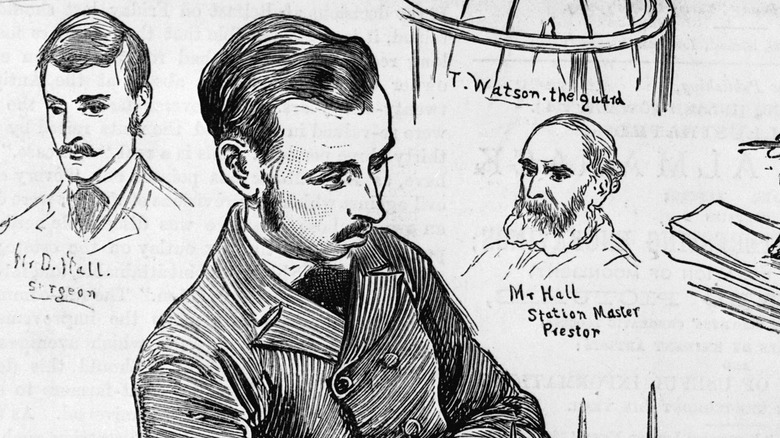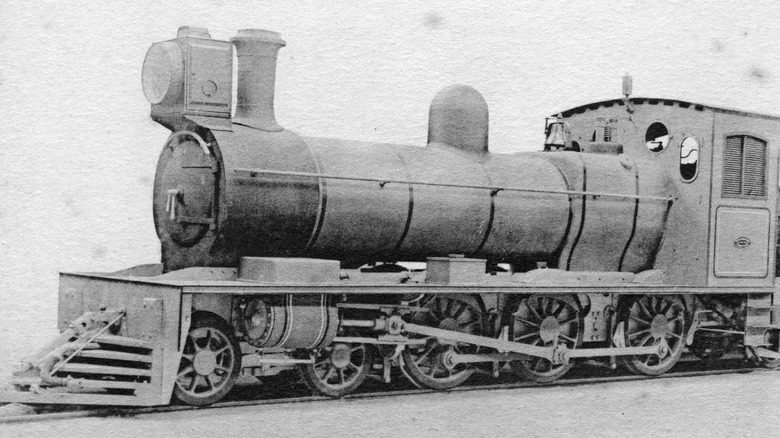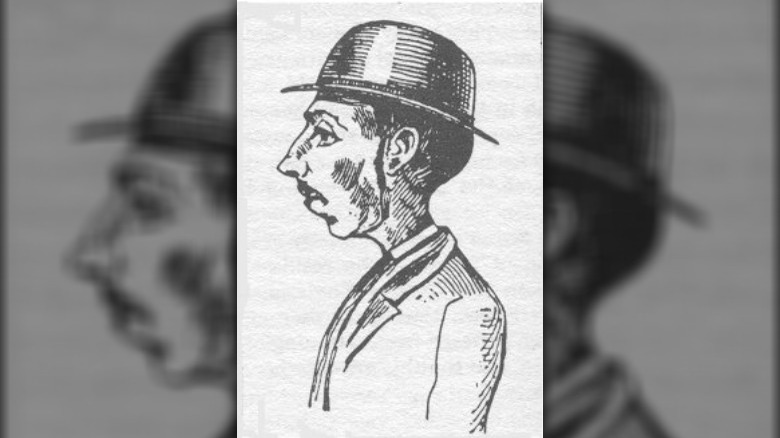How The Hunt For The 1881 Railway Murderer Changed Policing
You may be surprised to learn, but policing, as we know it and understand it today (which is to say, a government-funded group of individuals tasked and sanctioned with enforcing the law) only goes back a couple of centuries. As The New Yorker explains, for millennia, the peace was kept by soldiers or other people bearing the authority of the local bigwig – usually a king – but the process was haphazard and largely ad hoc. But the idea of an actual, official police force, with the powers to investigate crimes and arrest and punish criminals, only dates to the establishment of the London Metropolitan Police in the early part of the 19th century, depending on one's interpretation of what counts as a police force.
Many of the activities we associate with modern policing, such as locating and apprehending accused criminals, forensics, investigations, and the dissemination of "Wanted" posters, all developed organically as state-funded policing evolved over the centuries.
As for the "Wanted" poster: The first person to appear on such a poster, as far as history has been able to determine, was a British murderer named Percy Lefroy Mapleton (above), who had managed to disappear just as investigators were looking to question him about a discovered death, and according to Adam Wood's "Trial of Percy Lefroy Mapleton" (published by Indiana University Press), became the subject of a nationwide manhunt.
The murder in 1881
On June 27, 1881, according to the British Transit Police, a "very distressed" man deboarded a train covered in blood, lacking some of his clothing, and sporting a gold watch chain around his boot. The man identified himself as Percy Lefroy, and told authorities that he'd been set upon by two other men on the train, knocked unconscious, and presumably assaulted and robbed — though he said he remembered nothing after having been knocked out.
His story didn't quite add up, however, and in particular, the wounds he'd suffered were superficial and should not have produced so much blood, according to History by the Yard. Police didn't see any reason to detain him further, though, and he'd complained that he had urgent business in London, so he was allowed to return — accompanied by an escort.
Along the journey, railroad workers found the body of a man, later identified as Isaac Gold (via the British Transit Police). Investigators tried to sort out whether he was one of Lefroy's alleged assailants, or whether he himself was a victim. Considering that he'd been shot, stabbed and robbed, investigators concluded the latter. Meanwhile, Lefroy had shaken his escort and had disappeared.
The first wanted poster
According to "Trial of Percy Lefroy Mapleton," authorities connected the dots and concluded that Percy Lefroy Mapleton had, in fact, murdered Isaac Gold. But there was a problem: The alleged murderer had skipped town.
In what would become a standard in policing, authorities questioned someone who knew Lefroy and, based on that person's description, composed a composite sketch of the wanted man (seen above); composite sketches are, of course, a valued part of police work to this day. Then, setting another precedent, the newspaper The Daily Telegraph published the sketch, effectively making Lefroy the first subject of a wanted poster.
Lefroy's chapter in criminal history would come to an end a week later. After the public reported seeing the wanted man just about everywhere, an actual police detective found and apprehended him, and he was brought before a jury. He was convicted within minutes, though he maintained his innocence. "Gentlemen of the Jury: Some day, when too late, you will learn that you have murdered me," Lefroy reportedly said after the jury revealed the verdict. He met the gallows on November 29, 1881, according to the British Transit Police.


